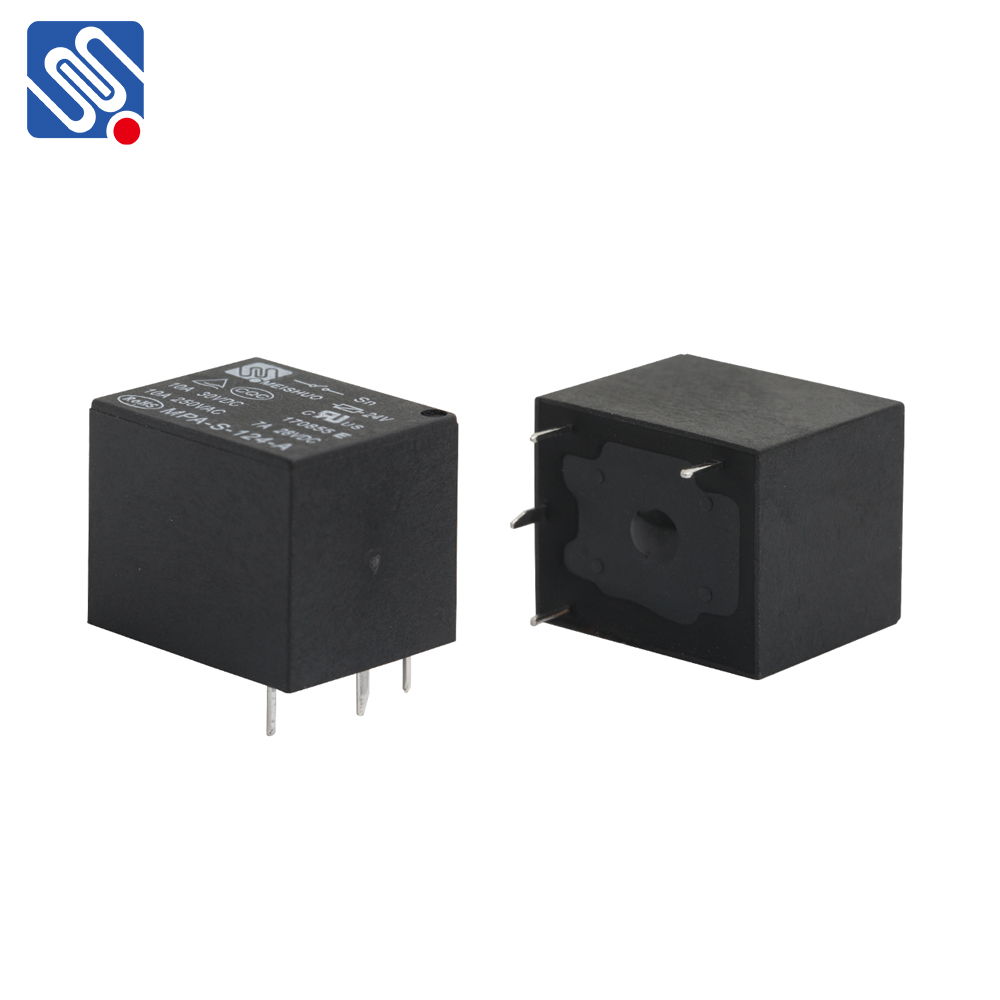Relay circuit design plays a crucial role in modern electrical and electronic systems, offering a reliable solution for controlling high-power devices with low-power control signals. A relay is an electromechanical switch that uses an electromagnet to open or close contacts, enabling the control of larger circuits using a small electrical signal. This article will explore the key concepts involved in relay circuit design, including basic components, design considerations, and practical applications.

Understanding the Basic Components of a Relay Circuit A typical relay circuit consists of three primary components: the coil, the contacts, and the driver circuit. 1. The Coil The relay coil is an electromagnet that, when energized, creates a magnetic field. This magnetic field attracts an iron core (armature) that moves, causing the relay contacts to change state. The coil is usually connected to the control circuit, which provides a low-voltage signal to operate the relay. The voltage rating of the coil must match the control circuit’s output to ensure proper operation. 2. The Contacts